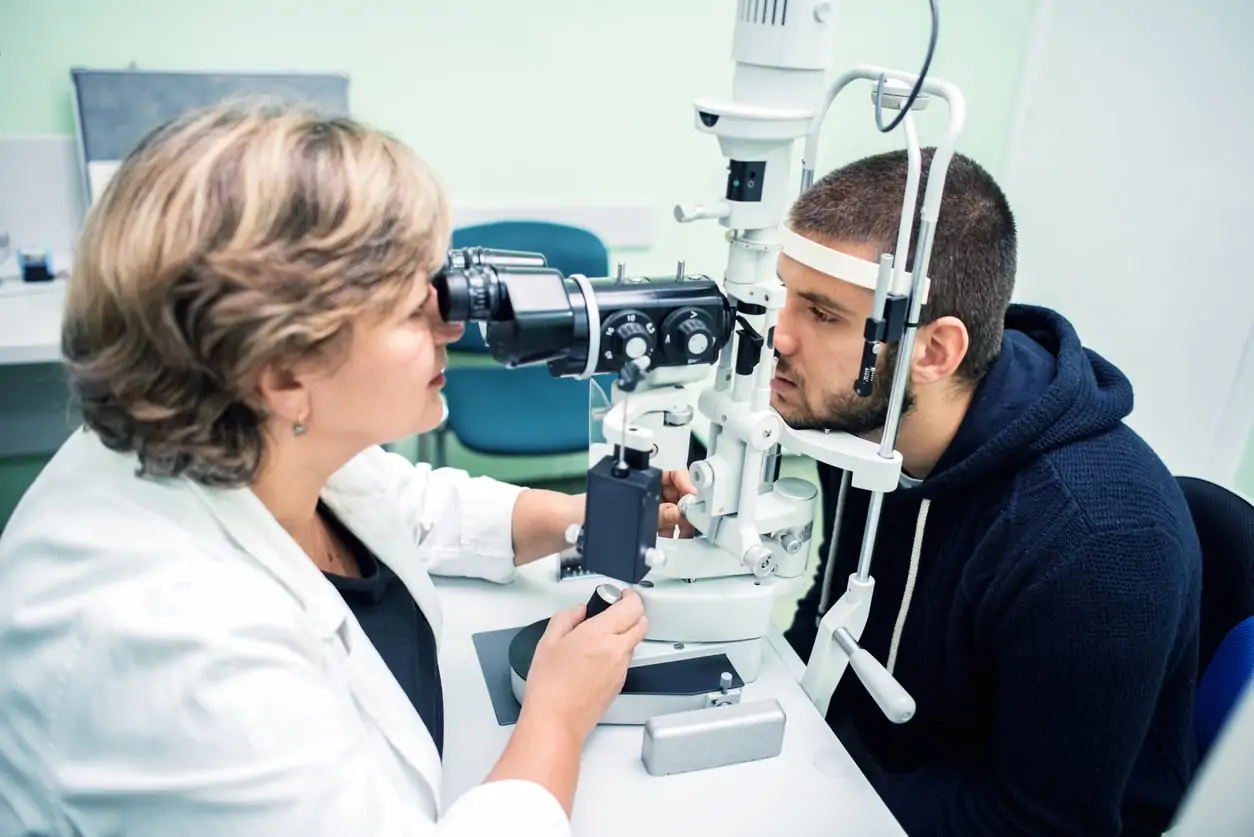Looking at LASIK Risks and Benefits: Dry Eye

When researching if LASIK eye surgery is right for you, it’s important to understand not only the procedure’s benefits but also its potential risks. There is a tremendous amount of scientific evidence behind LASIK as a safe and effective option for those evaluating their vision correction needs. This research, in particular, speaks to LASIK’s very impressive safety profile. The risk of significant complications from LASIK is extremely low, less than one percent. However, like all surgery procedures, there is a recovery and healing process that may include symptoms and side effects.
One potential side effect of LASIK is dry eye.
The fact is, some people – but not everyone, and certainly not the majority of those who have LASIK surgery – experience a decrease in tear production in the post-operative period that can cause discomfort and blurred vision. Recent research shows that for those without any dry eye symptoms before surgery, up to 30 percent experience some dry eye symptoms at 3-months after surgery*.
However, that isn’t the whole story as it relates to dry eye after LASIK. The practical experience with LASIK shows dry eye may be experienced as part of the healing process, which can take upwards of 6 to 12 months. The symptoms, which in addition to discomfort related to the feeling of dryness can include irritation, burning, and stinging, can be effectively treated with lubricating eye drops, ductal plugs, or other measures.
It’s also important to note that in the general population, dry eye is extremely common – an estimated 55 million Americans are affected by dry eye symptoms that impact the quality of life. For these patients, there is particularly good news. Research shows that more than half of patients (59.2%) who had symptoms of dryness before LASIK reported their symptoms went away within three months after LASIK.
What does this mean to those patients who are looking to be less dependent on their glasses or contacts but are concerned about its safety, risks, and quality of life? The clinical research confirms today’s LASIK technologies and outcomes are better than they’ve ever been. While the potential exists to experience dry eye symptoms following LASIK, data from patient-reported outcomes with LASIK indicates the vast majority of those who experience dry eye have only mild symptoms.
Treating dry eye before LASIK supports excellent results. In addition, managing the post-operative healing process is an important part of your relationship with your LASIK surgeon, one of the many reasons the choice of a surgeon is so very important when considering LASIK. Just as important, is to share your pre-existing experience with dry eye symptoms to ensure they are appropriately evaluated during your screening process and addressed as part of your decision to have LASIK. You should feel absolutely confident the professional you are working with in pursuing your vision goals and makes you and your vision a top priority.
*U.S. Food and Drug Administration “Patient-Reported Outcomes with LASIK” findings presented at ASCRS 2016 Annual Meeting, Daniel S. Durrie, M.D.




